
I first visited Laos over 15 years ago as a cash strapped backpacker, crossing the Thai border on an overcrowded bus from Bangkok, into the capital, Vientiane. Over the course of several weeks, I traveled north, mostly on the river, to Vang Vieng, Luang Prabang and finally to Luang Namtha where I crossed the border into China.
My time in Luang Prabang has remained one of my fondest travel memories, it was difficult to get to but rewarded the effort with beautiful architecture, incredible scenery, amazing food and of course, an interesting cultural experience. When a number of budget airlines began daily flights from Singapore several years ago, I was reluctant to return for fear that a steady stream of tourists may have somehow changed the town and that my fond memories would be tarnished.
The town has of course changed. It’s definitely no longer possible to secure a river view hotel room for $7 bucks a night! I was also quite disturbed (but sadly not entirely surprised) by the disrespectful photography etiquette of some tourists during the daily alms giving procession. What hasn’t changed however, and in fact may have actually improved, are the excellent food and drink options for all budgets.
Until 1975, Luang Prabang was the Royal Capital and Seat of the Government of Laos – this Royal status provides the town with a rich culinary heritage. Many of the city’s current chefs will have learned their skills from former employees of the king.
As a former French protectorate and part of French Indochina, Laos retains many of the colonial influences and whilst many of the best restaurants will serve traditional French fare, many others explore a unique fusion between French and the more traditional, often Thai influenced local dishes.
Eat and Drink
People in Laos like to get up early. The morning alms giving procession starts at sunrise and by the time it is finished, perhaps 30 minutes later, you will have no problem finding an open cafe or bakery. Nowhere is the French influence in Laos more prominent than at breakfast. Although you will find many local option and of course, an abundance of fresh tropical fruit, the main staples are freshly baked pastries, baguettes served with tropical fruit jams and of course rich, butter soaked croissants. The French colonists introduced coffee plantations to Southern Laos in 1915 and coffee in Laos is a serious business. In fact, coffee beans are now the county’s 5th largest export and are a vital component of the Laotian economy. Most coffee shops will serve a variety of blends You will likely find several variations of their two main beans, the more common Robusta and the higher quality Arabica beans, renowned for their floral and citrus tones and generally served as an espresso.
There are literally hundreds of excellent food and drink options available in Luang Prabang, including boutique and International chain hotels, market stalls and the many excellent smaller riverside bars and cafes. The best advice I can give to visitors is to simply stroll around the town and visit any that catch your eye.
We have however listed a few that we enjoyed below.
- Tangor – Named for the citrus fruit hybrid of a tangerine and an orange, the Tangor is often called the Temple Orange and as such, is in plentiful supply in Luang Prabang. We visited this main street cafe several times since it served amazing food, ice cold and very cheap local beer and a surprisingly good selection of French wines by the glass. It was also a perfect place to watch the world go by and enjoy the sights and sounds of the town. The pumpkin vegetable curry was especially memorable and highly recommended.
- Bouang – Relatively similar to Tangor and also close by, this was another spot we visited more than once. A lot of great vegetarian options. We enjoyed some interesting fusion dishes such as the gnocchi in green curry sauce.
- Le Banneton Cafe French Bakery – We stayed at the M by Sofitel Hotel which has one of the most popular breakfast spots, in the old town. Unfortunately this meant we had few excuses to visit the many bakeries and cafes that can be found on almost every corner. One of the most popular is the Banneton Cafe, famed for their coffee, fresh almond croissants and sweet breakfast pastries. We managed to stop for a quick baguette lunch and a cold beer during a cycle ride and although there are relatively few vegetarian options, the freshly baked baguette with grilled vegetables was definitely worth the visit.
- L’Elephant – This very popular restaurant is a Luang Prabang institution. Set in a 1960’s style colonial building in the heart of the historic town, they serve both a traditional Laotian menu and a full French menu including staples such as frogs legs and L’escargot. Most of the produce is organic and grown within their own gardens.

Night market 
Morning alms 
Royal Palace 
Le Banneton 
Le Banneton 
Tangor
Markets and Culinary School
Cookery classes in Asia are often a fun way to spend a few hours whilst on vacation however they can often be somewhat basic…Spring rolls in Vietnam, Green Curry in Thailand, Satay in Indonesia – Whilst it is always fun to cook these dishes alongside a local, they are not always overly challenging. After a stroll through some of the incredible markets in Luang Prabang we were excited to attend a class hosted by the Sofitel as it included an early morning market tour with their chef and instructor to select and purchase all of the ingredients required for the four course menu. In addition to a huge array of herbs, spices and locally grown fruit and vegetables, the stalls offer the more adventurous consumers live frogs, snakes and even rats, luckily none of which were on our menu for the day! The course is conducted in a dedicated kitchen space set within a beautiful spice garden and again, whilst not technically taxing (more spring rolls!) it was a fun experience, made even better by the fact that once complete, the hotel staff finish, plate and serve you each dish with a healthy G&T at their poolside Governor’s Grill Restaurant.



















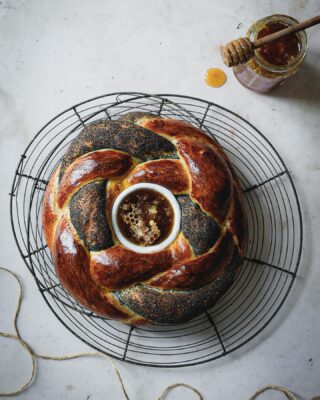
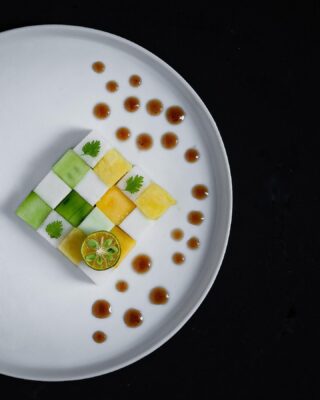


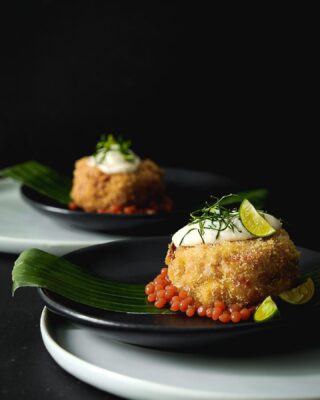



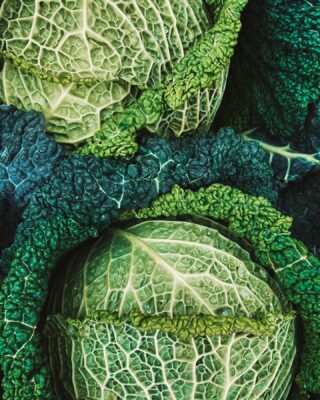

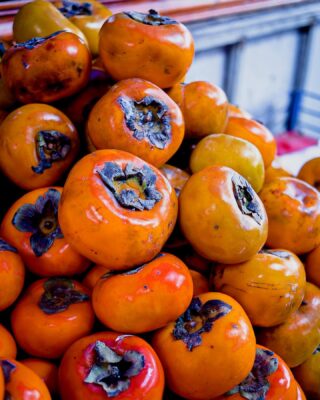
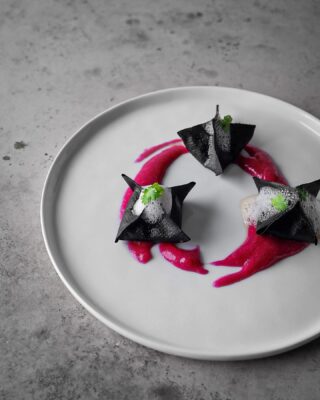
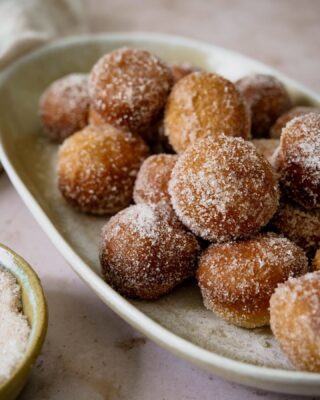
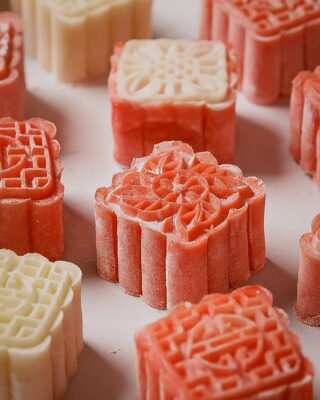
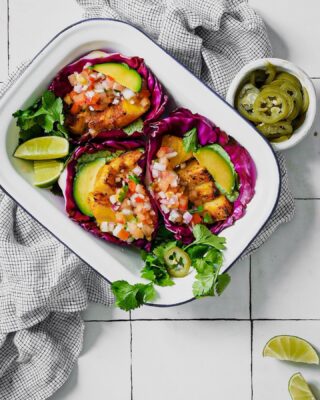

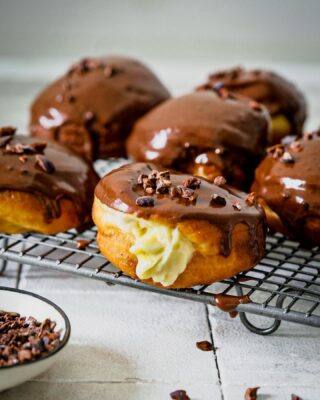
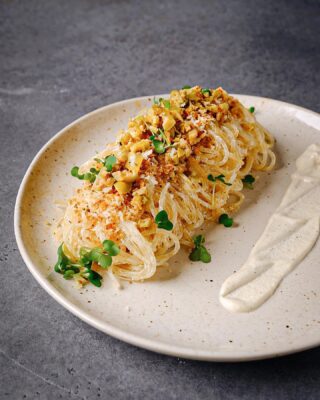
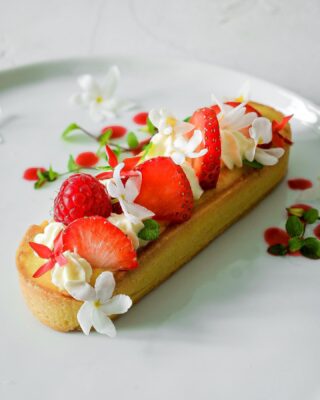
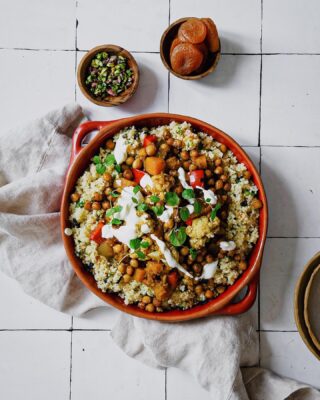
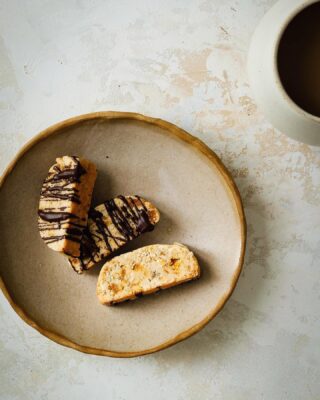
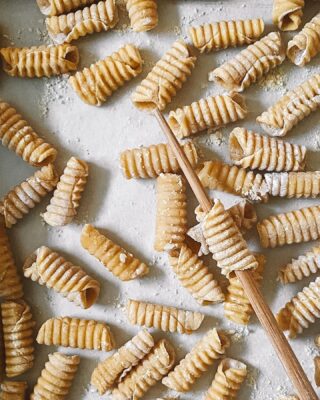

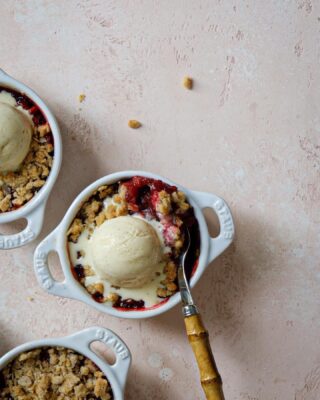
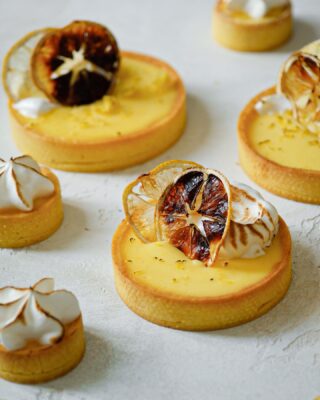

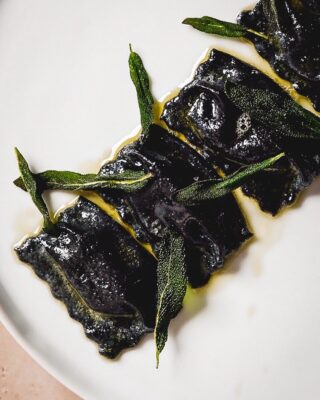
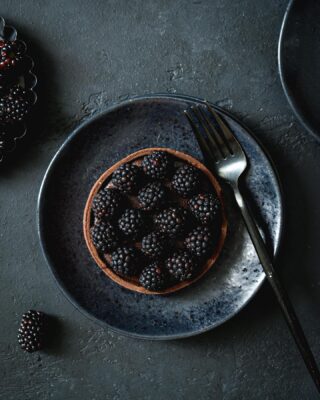

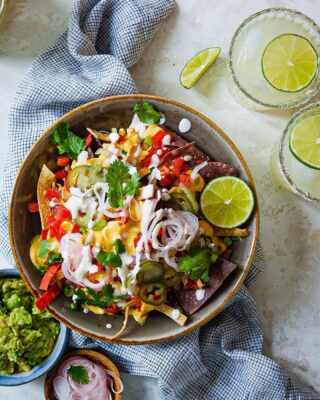
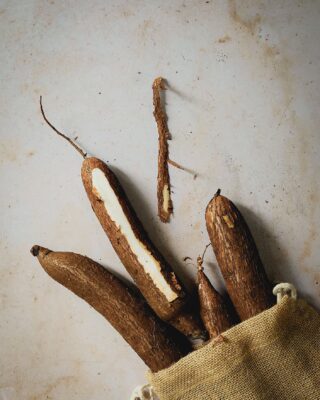

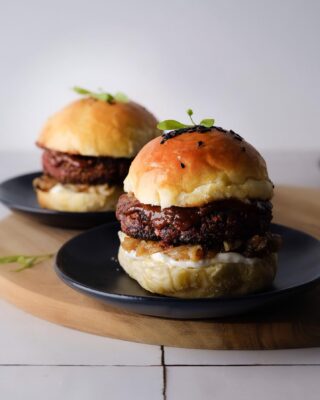
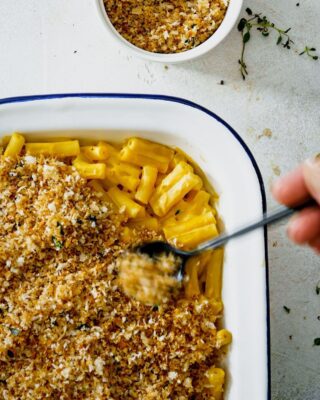


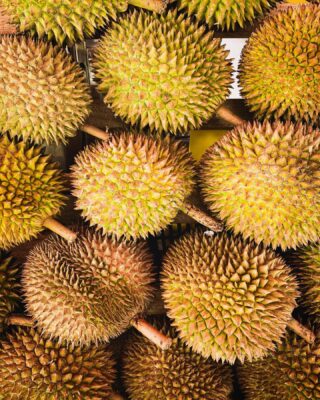
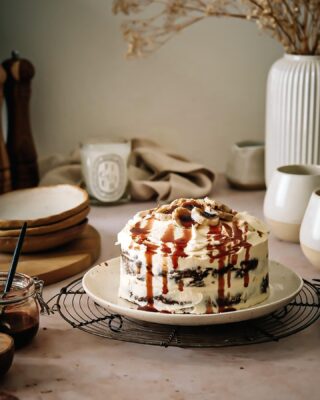
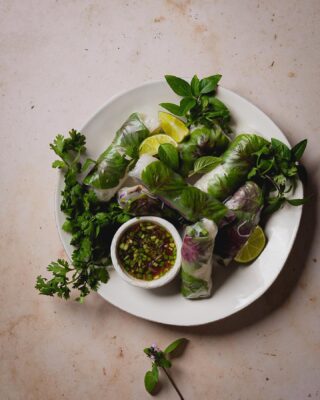
Leave a Reply